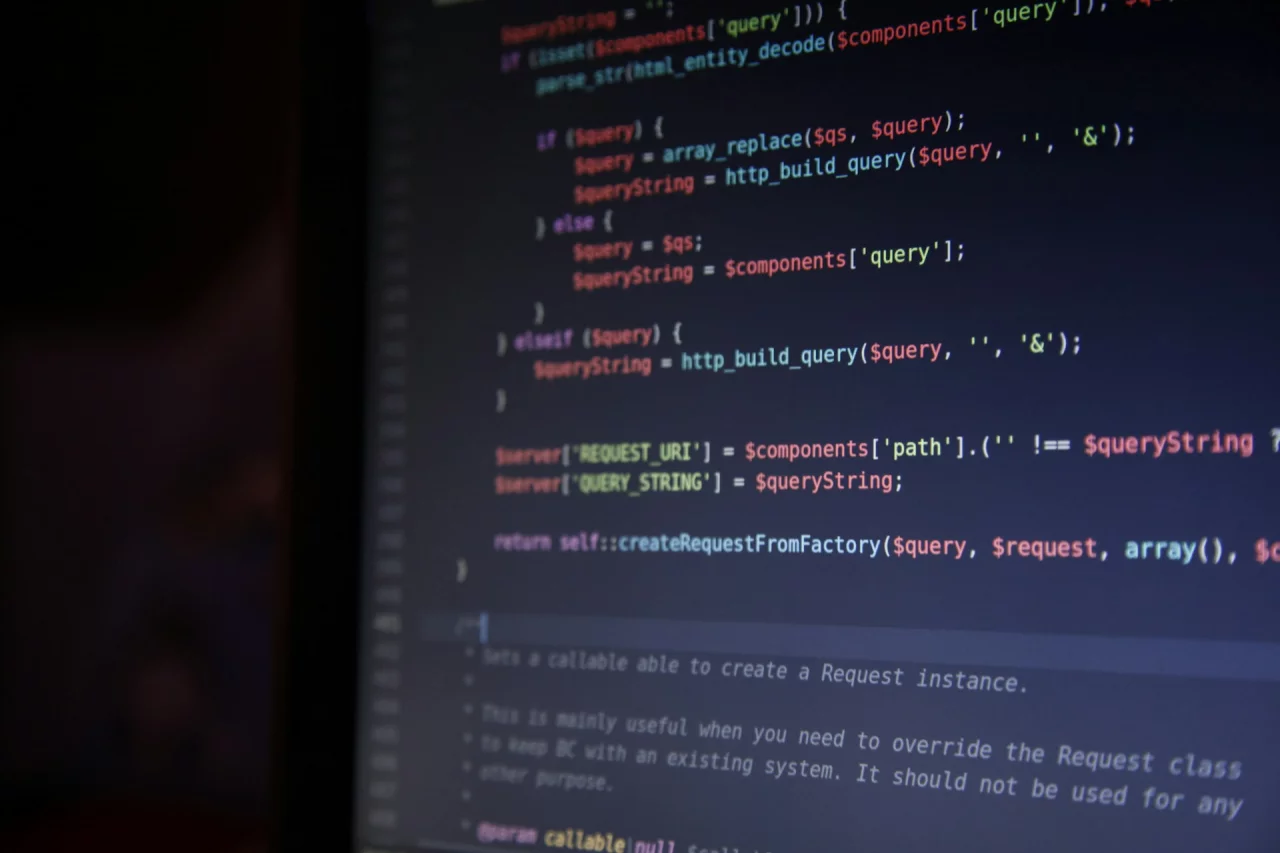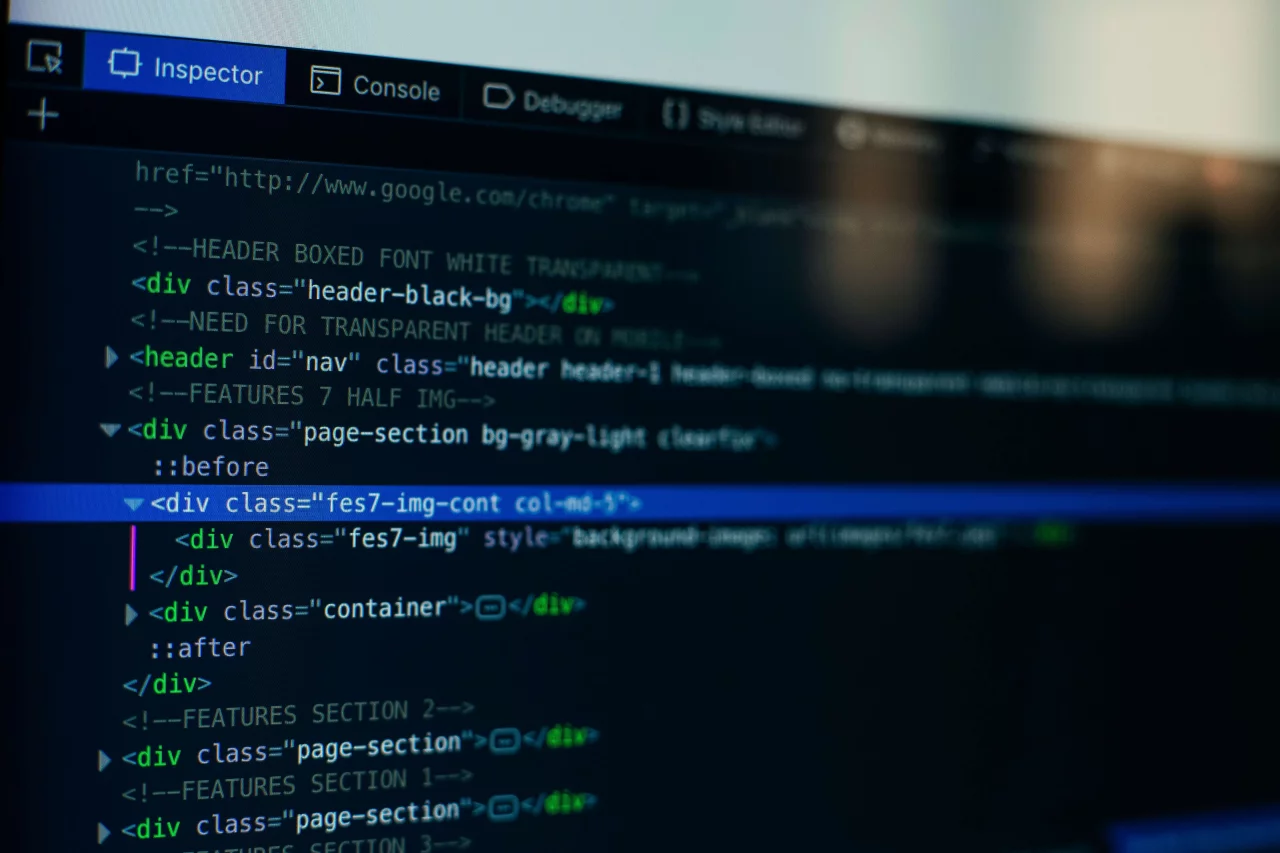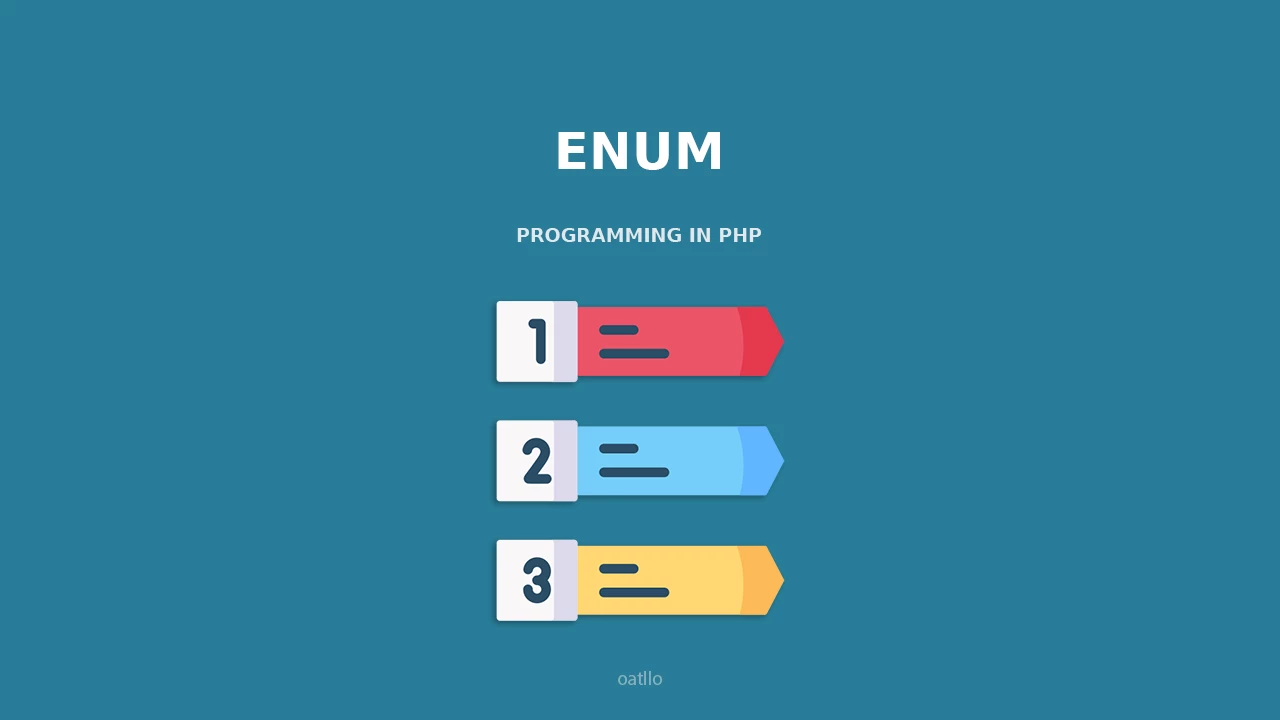Learn PHP code refactoring with different tools, patterns, and practical tips. Resuscitate that very old code and make it more maintainable without ensuring that the features are in place.
PHP code refactoring: an essential skill every developer should possess while either activating legacy applications or scaling modern systems. In this article, we will see how we can safely refactor PHP code via tried and true methods, tools, and patterns.
Points to Indicate Code That Requires Refactoring
Before starting a refactoring session, one has to know when to apply it. Here are common indications:
Long, Repetitive Functions
A function with a long code, spanning hundreds of lines and with repeated logic within it, should be extracted into smaller methods.
More Than One Responsibility
Violates the SRP through multiple processes.
Hard to Test or Extend
If adding new functionality feels like disarming a bomb, your code is in dire need of restructuring.
Magic Values and Duplicate Logic
Controls or scattered magic values or codes are scattered across files; they are a nightmare to maintain.
Safe PHP Code Refactoring: Best Practices
Write Tests Before PHP Refactoring
- Start with integration tests on critical functionality.
- Add unit tests on isolated components.
Use Small and Incremental Changes
Never change a project's entire source code to apply refactoring concepts in one attempt. Have it:
- Class by class
- Feature by feature
- Module by module
Commit changes frequently and carry out tests immediately after each change.
Use Version Control
Refactor a feature branch. In case something breaks, it provides a path for rollback.
Useful PHP Code Refactoring Techniques in PHP
Extract Method
Move blocks of code into new, well-named functions.
// Before refactoring
function createAccount($input) {
// validation logic
if (empty($input['email'])) {
throw new RuntimeException();
}
// proceed to create account...
}
// After refactoring
function createAccount($input) {
verifyInputData($input);
// proceed to create account...
}
function verifyInputData($input) {
if (empty($input['email'])) {
throw new RuntimeException();
}
}
Introduce Parameter Object
When a method takes too many arguments, group them into a class.
class AccountInfo {
public function __construct(
public string $username,
public string $contactEmail,
public string $secretKey
) {}
}
Now pass an AccountInfo instance as a single parameter.
Replace Conditionals with Polymorphism
// Before
if ($accessLevel === 'moderator') {
...
} elseif ($accessLevel === 'guest') {
...
}
// After
interface AccessStrategy {
public function execute();
}
class ModeratorStrategy implements AccessStrategy { ... }
class GuestStrategy implements AccessStrategy { ... }
Design Patterns That Support PHP Code Refactoring
PHP developers can use patterns to organize code better:
- Factory Pattern – Decouples object creation.
- Strategy Pattern – Replaces conditional behaviour.
- Repository Pattern – Separates data-access logic.
class AccountStorage {
public function getByEmail(string $contact): ?Account {
// ...
}
}
Refactoring PHP Code with Tools
PHPStan or Psalm
Static analyzers are good at spotting bugs, type mismatches, and code smells before runtime.
Rector
Rector automates code transformation. It is good for upgrading legacy PHP from outdated versions to modern versions.
- Convert array syntax
- Refactor deprecated functions
- Apply Laravel/Symfony upgrades
PHP CodeSniffer
Standardizes your formatting and points out the violations of the PSR standards.
- Standardizes your formatting and points out the violations of the PSR standards.
- Works well with auto formatters such as PHP CS Fixer for clean, uniform code.
Real-World PHP Code Refactoring Workflow
Legacy procedural code:
function handlePurchase(int $purchaseId) {
$connection = new PDO(...);
$statement = $connection->prepare(
"SELECT * FROM orders WHERE id = :id"
);
$statement->execute(['id' => $purchaseId]);
$record = $statement->fetch();
if ($record['status'] === 'pending') {
$connection->prepare(
"UPDATE orders SET status = 'processed' WHERE id = :id"
)->execute(['id' => $purchaseId]);
}
}
Step-by-Step PHP Code Refactoring
- Extract DB logic into a repository:
class PurchaseStorage {
public function fetchById($purchaseId) { /* ... */ }
public function setAsCompleted($purchaseId) { /* ... */ }
}
- Create
OrderService:
class OrderService {
public function __construct(private OrderRepository $repo) {}
public function process($id) {
$order = $this->repo->find($id);
if ($order->status === 'pending') {
$this->repo->markProcessed($id);
}
}
}
- Inject dependencies via the constructor and test using mocks.
PHP Code Refactoring – Anti-Patterns to Avoid
Big-Bang Rewrite
Rewrite it all from scratch, and risk it failing. Refactor in increments with test coverage.
Premature Optimization
Strive first for readability and simplicity. Performance optimizations are done after the code has been clearly laid out and well tested.
Mixing PHP Code Refactoring with Feature Work
Refactor in isolation. Interweaving it with feature development often introduces bugs and confusion.
Laravel-Specific Refactoring
- Controllers – If they hold too much logic, extract to a service.
- Form Requests – Move validation out of controllers.
- Jobs & Events – Off-load long-running tasks or side effects.
// Before
User::create($data);
Mail::to($data['email'])->send(new WelcomeMail());
// After
dispatch(new SendWelcomeMailJob($user));
Summary
Refactoring PHP code is more than cleanup; it prepares the ground for larger, maintainable, and testable software. Use the right tools (Rector, PHPStan, PHPUnit), apply patterns (SRP, Repository, Extract Method), refactor in small steps, and keep tests green at every stage.













